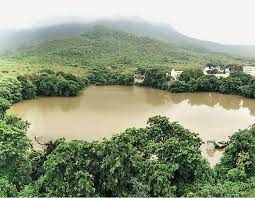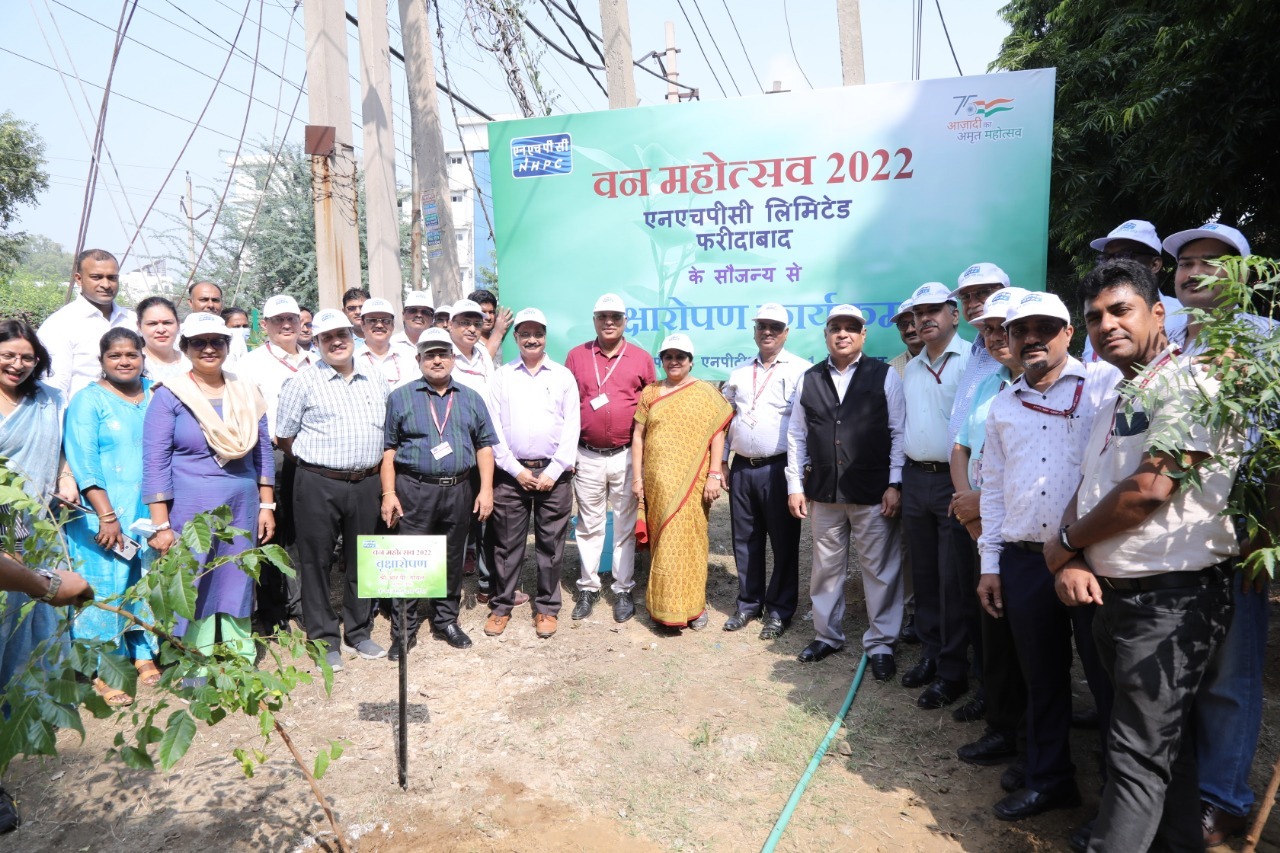Loktak Lake is not only the largest freshwater lake in northeast India but is also home to unique floating islands called “Phumdis”. These circular landmasses are made of vegetation, soil, and organic matter (at different stages of decomposition) that have been thickened into a solid form. Most of the mass of Phumdis lies below the water surface. The thickness of these floating islands varies from a few centimeters to around two meters. During the dry season, when water levels drop, the living roots of the Phumdis can reach the lake-bed and absorb nutrients. When the wet season returns, they again float, and the biomass, which has enough nutrients stored in the plants’ roots, survives.
The largest mass of Phumdis are in the southern part of Loktak lake and the area has been notified as Keibul Lamjao National Park. Phumdis are habitat of over 83 species of plants. Mammals like the sangai, hog deer, common otter, jungle cat, bamboo rat, fox, Indian civets, musk shrew, flying fox, and others live in the phumdis in Keibul Lamjao National Park. A large number of reptiles including tortoises, common lizards, and poisonous snakes like krait, viper, cobra, and python also inhabit the park. Both migratory and resident bird species are also found in the park including Burmese sarus crane, spotbill duck, black kite, northern hill myna, and others. It is also the home to the endangered Manipur brow-antlered deer (Cervus eldi eldi), locally known as the Sangai. Brow-antlered deer is also the state animal of Manipur.
Loktak Lake and its countless phumdis support not just rich diversity of birds and aquatic life, but also thousands of fishermen, who have developed an entire way of life on these floating islands, navigating through them on narrow boats, easily turning landmasses into waterways whenever needed, to negotiate their way through them.
D.A. Jaya Sheeli,
Manager (Environment),
Environment & Diversity Management Division,
NHPC Corporate Office.
Reference (text & pic):
- https://en.wikipedia.org/wiki/Phumdi,//www.outlookindia.com/outlooktraveller/,
- //www.google.com/url?sa=i&url=https%3A%2F%2Fwww.researchgate.net%2Ffigure%2FSchematic-diagram-showing-the-anatomy-of-floating-phumdi-from-creating-habitat-
- https://www.worldatlas.com/articles/what-is-a-phumdi.html






Leave a Reply